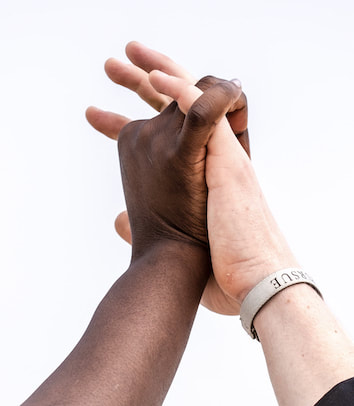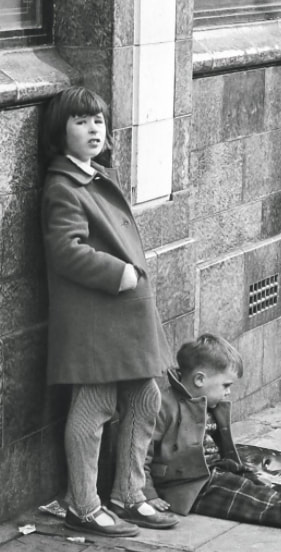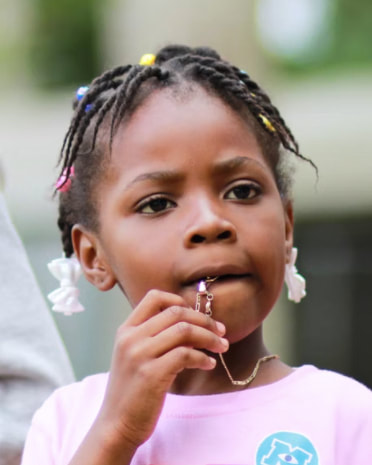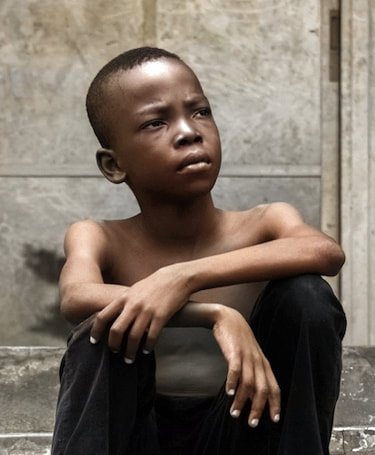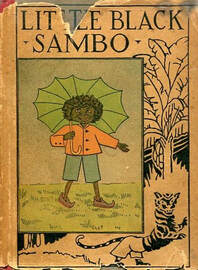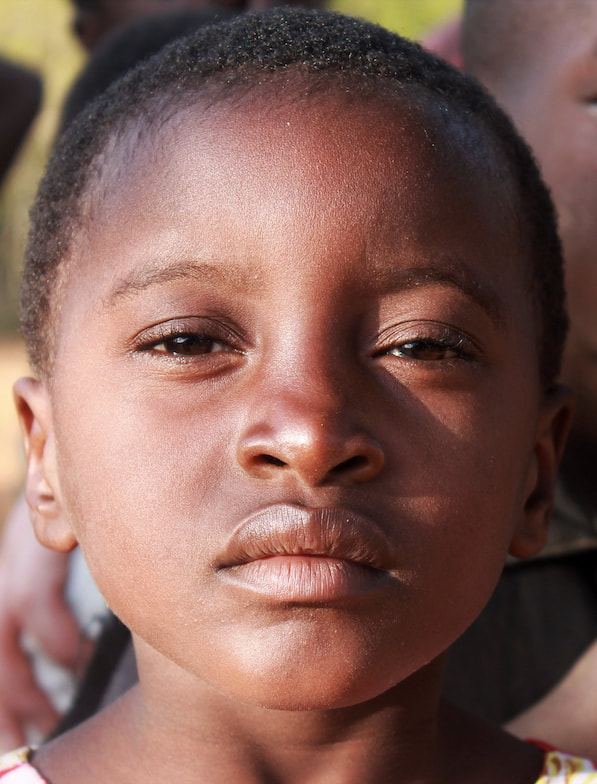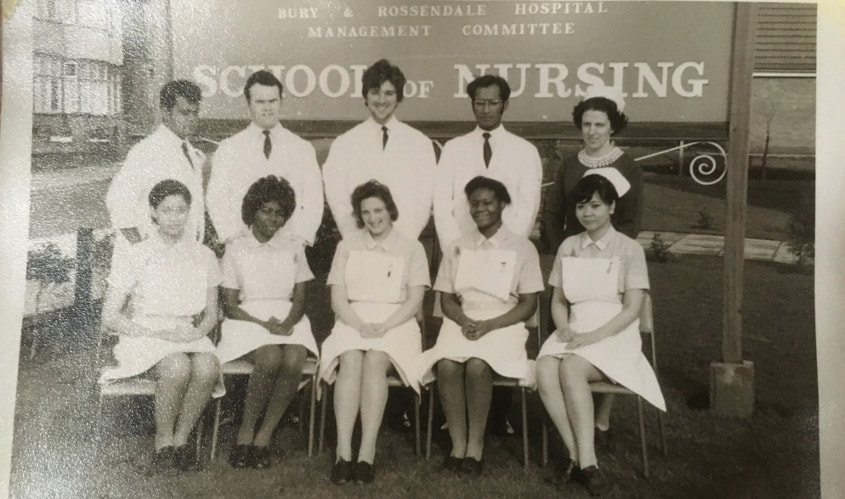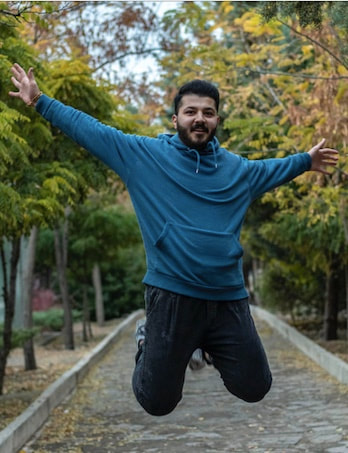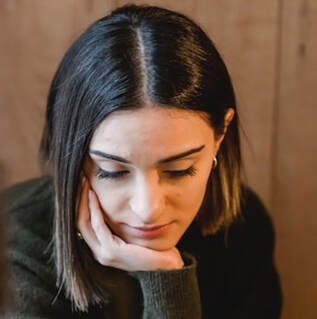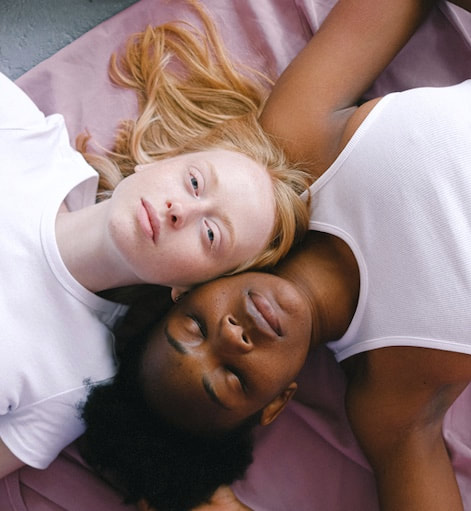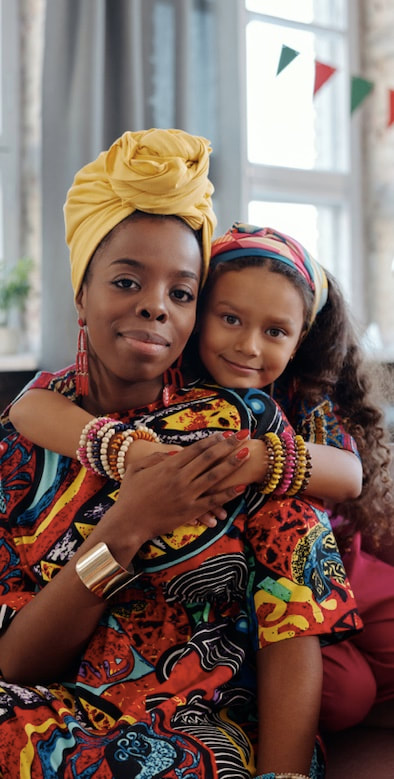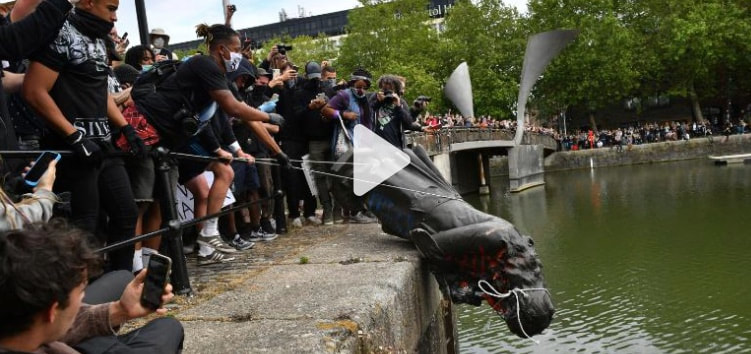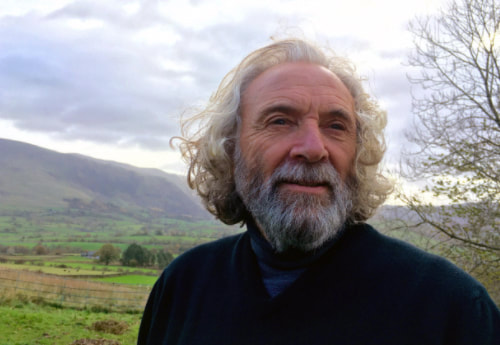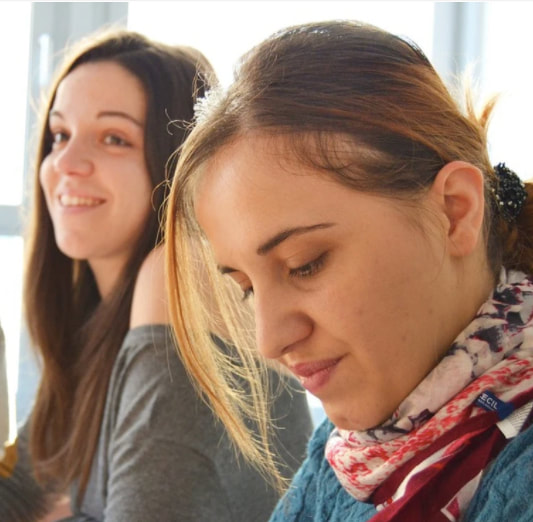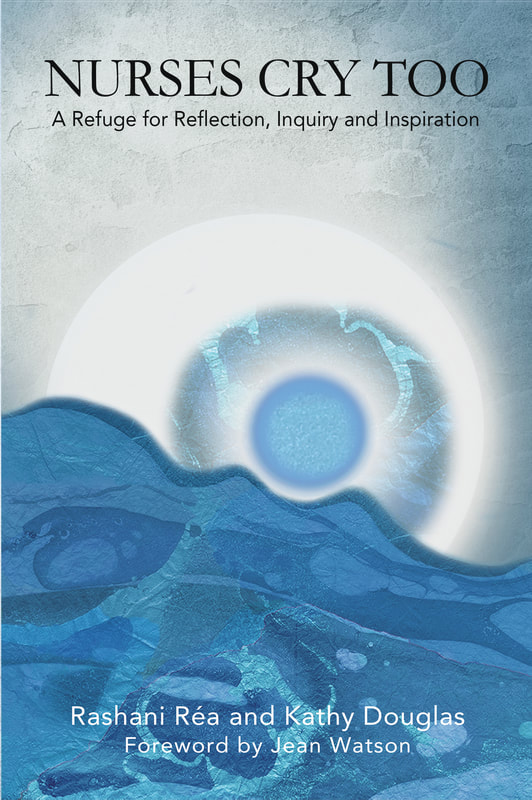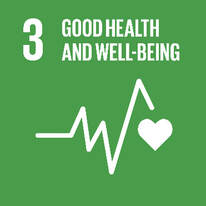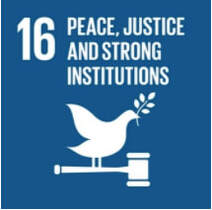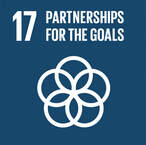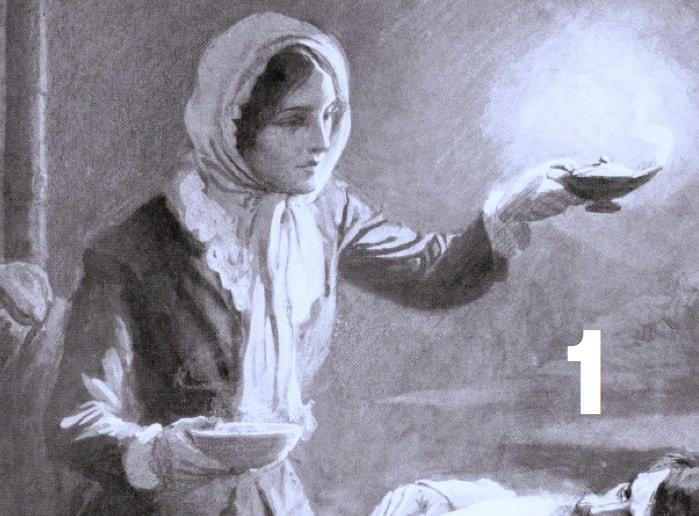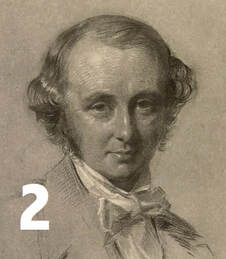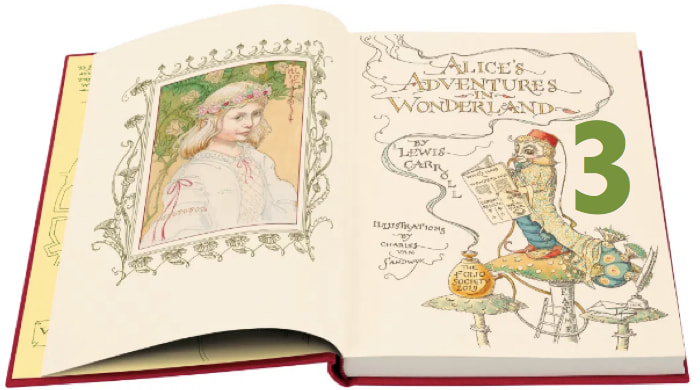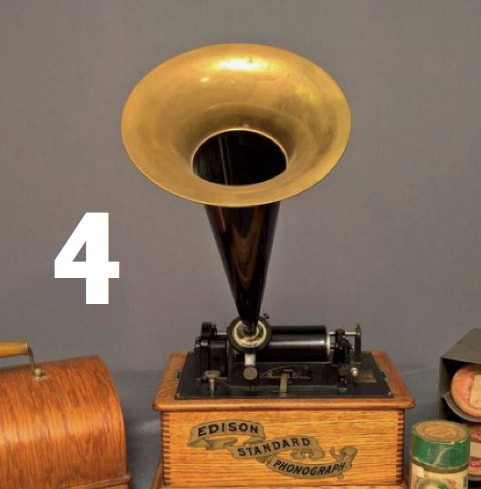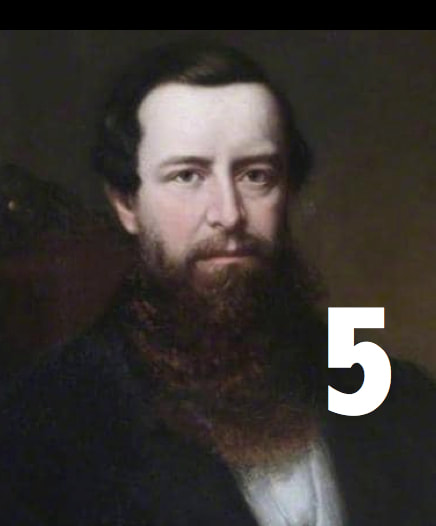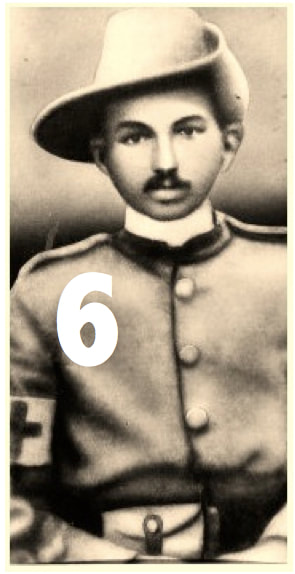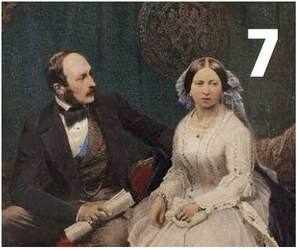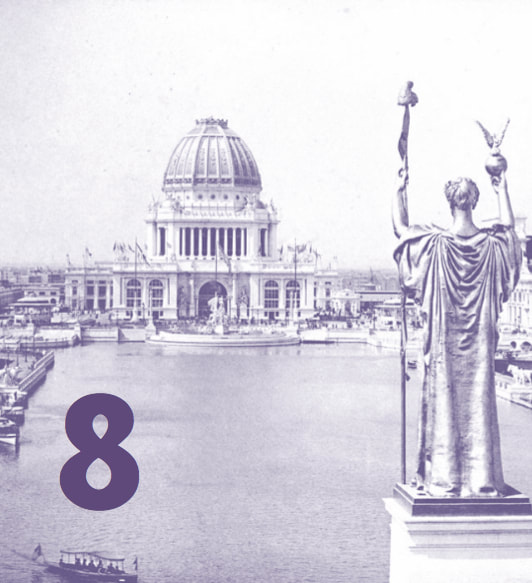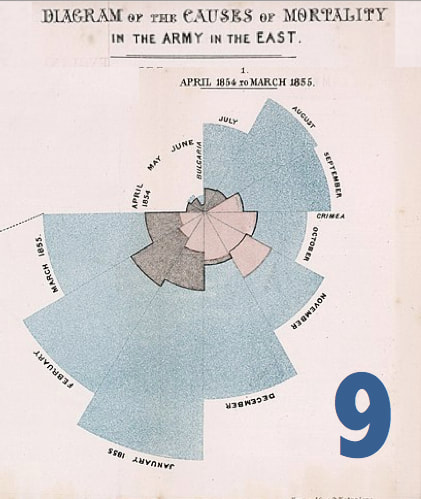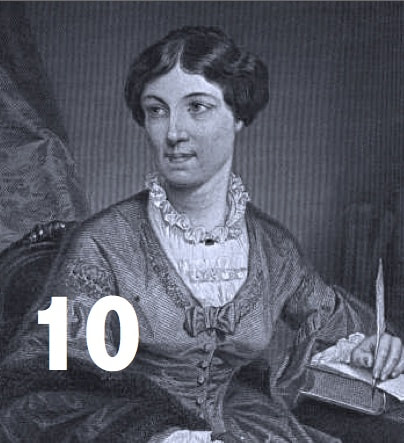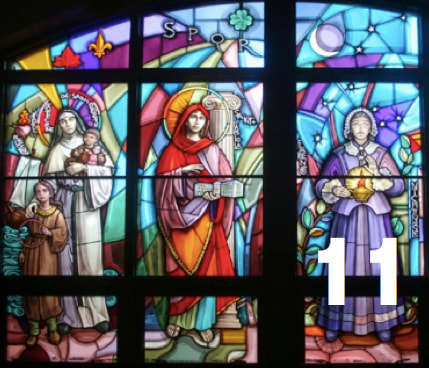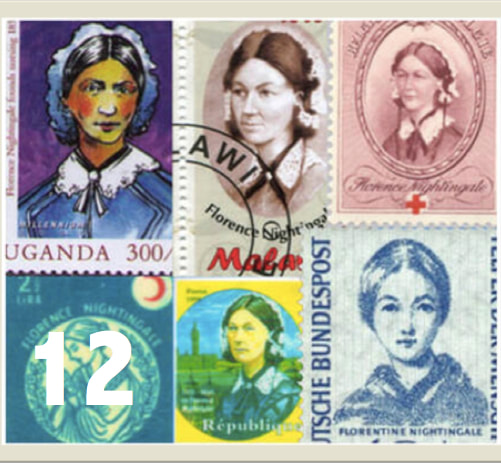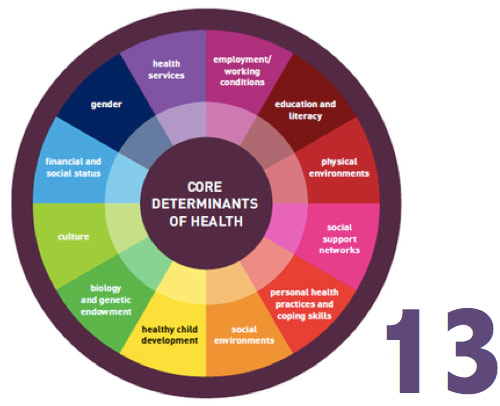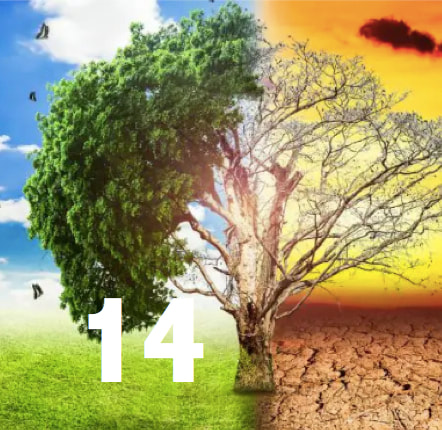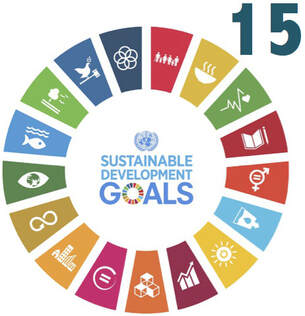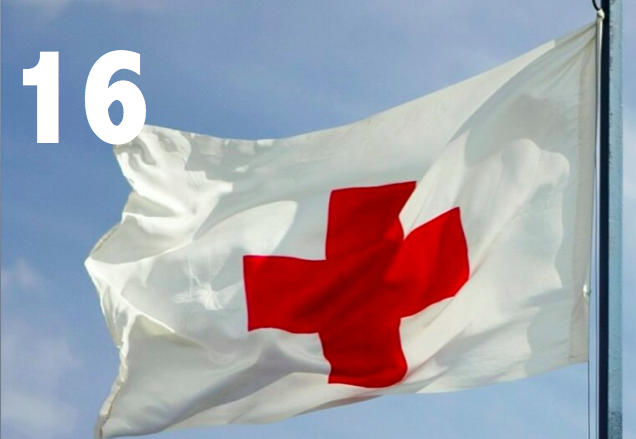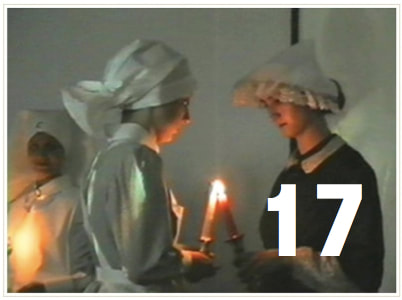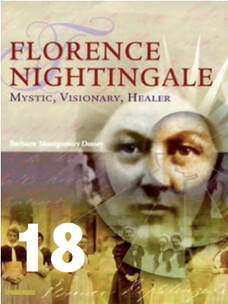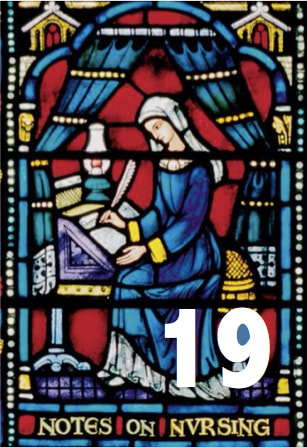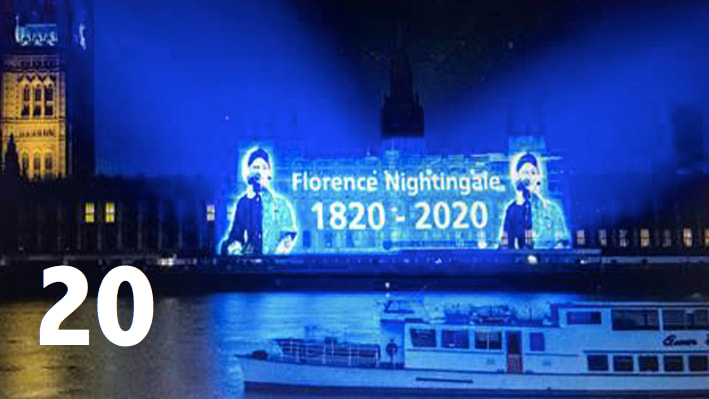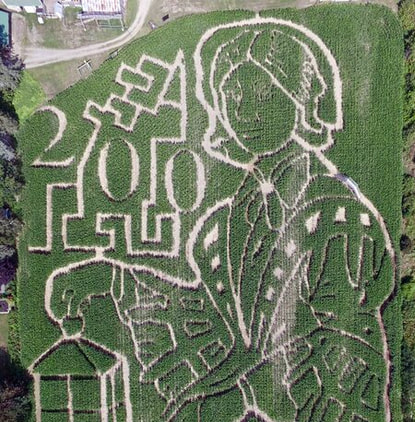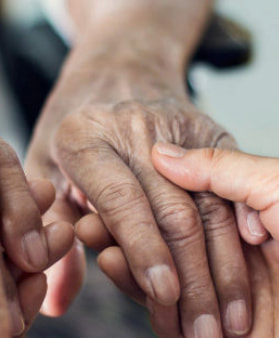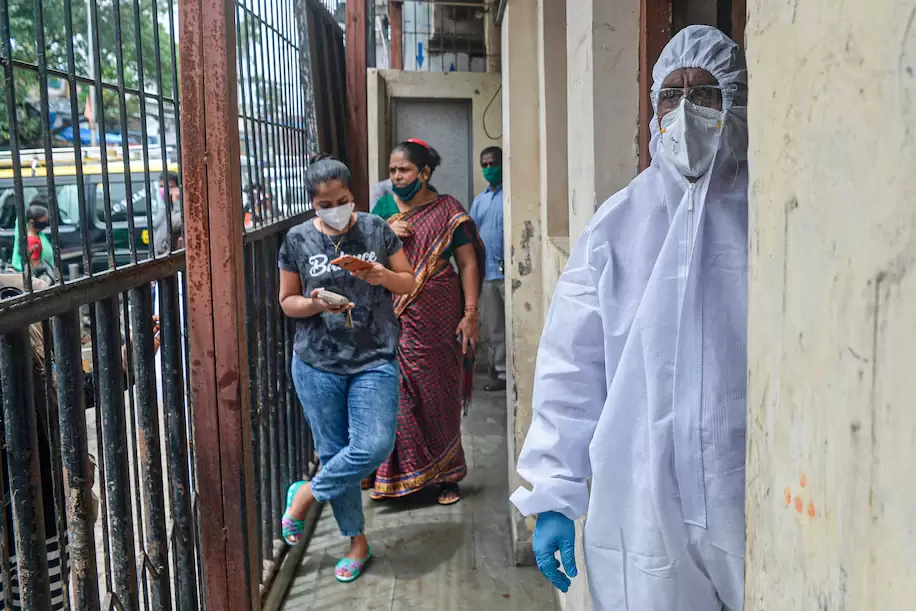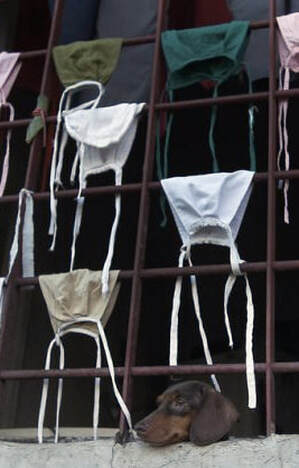|
From Our Friends — A New Nursing Award This opportunity has been sent to us from our friend and colleague Kathy Douglas—and her friends—who have established this award to encourage and motivate nurses to feel appreciated and loved. Here's the link to apply >>> Good Luck to All!!!
0 Comments
'NURSOLOGY' BLOGS UPDATE THE NIGHTINGALE STORY Instead, Nightingale was indeed a staunch advocate for Indigenous children to learn in their own languages and she was an ardent activist who demonstrated respect and appreciation for all races and creeds. To tell this neglected story in-depth and with updated insights, Canadian nurse leader Dr. Adeline Falk-Rafael has created three 'Nursology' blogs to share how Florence Nightingale was an 'upstream advocate' who wrote about and acted upon her commitment that nursing is more than caring for people after they are sick or injured. Across these contributions, Dr. Falk-Rafael also highlights the work of Mary Seacole — to compare and appreciate the works of both Nightingale and Seacole. Dr. Falk-Rafael's well-researched blogs are available here: Part I: Debunking A “Bitter Rivalry”: The Notable Works of Mary Seacole and Florence Nightingale Part II: The Nursing/Healing Work of Mary Seacole: Skillful Nurse and Doctress Part III: Nightingale's Neglected 'Upstream" Advocacy Across the history of modern nursing, Florence Nightingale has been widely praised and she has often been erroneously misunderstood as well. To today's critiques, she might well have encouraged the widespread activist commitments inherent in the 'Black Lives Matter' movement. She would have championed the growing, deepening concern for the horrors Indigenous peoples have endured from 'colonialists' and others who did not understand or respect the value of Indigenous cultures — like we are encouraged to do today. In her last major essay — 'Sick-Nursing and Health-Nursing' — Nightingale closed her text with her far-reaching vision for our time and beyond: “May we hope that, when we are all dead and gone, leaders will arise… who will lead far beyond anything we have done!" Just as the world has long-celebrated Nightingale's contributions to nursing by honoring her May 12th birthday as International Nurses Day, we can update our own concepts of what 'nursing' meant to Nightingale >>> We can also better understand what we can do — in her footsteps — to live into what nursing is today and what nursing needs to become for the health of all humanity — in our time and beyond. A white man’s response to Black Lives Matter Racism: This is how it starts: This is how it ends!
When you feel small, there’s not much to make you feel bigger unless you can find someone else you can make smaller. There never seemed to be much recognition of the class driven roots of our predicament. Mostly it all just turned in on itself; community eating community with slow digestion and the crap only occasionally made visible when the boozer emptied or one gang of lads strayed over the invisible borders between gable end and crossroads, or the heavy bellied girls destined at 15 to be pushing prams to the corner shop instead of pens in school.
I remember no racism because there was nobody to be racist about, at least not in person. We were all white for miles and miles around. At least the miles we knew, in a place where nobody travelled then much anyway. It was there all right, the othering of others, but in early childhood it was way beyond my radar.
But his colour, I was fascinated, awed by it... I had never seen such a thing, not in another living human being. Hitherto just the golliwog or a schoolbook Little Black Sambo. Then we just got on with it and played like kids do. I remember noticing difference, yet still we just messed about, in the street, the house, the backyard. Eventually we played spin-the-bottle like kids do when some inkling of sexual difference is arising. But really, this time, we, the white ones, wanted to see if he, the brown boy, was the same colour all over. I remember his name now, unusual it sounds now as it did then. Streddik. I have no idea if I’ve got the spelling right. His sister’s name eludes me. Their surname is gone too, though as I write there’s a sound keeps humming “Johnson”—maybe it was that simple.
ways with Streddik, either you wanted to be his friend because he was different, interesting and exotic, or you wanted him squashed for the same reasons. He spent the days in the playground either with a friendly arm around his shoulder or someone’s fist in his face. Then he was gone as swiftly and unremarked as he arrived. I’d found out he was brown all over by the way, just as he found out that we where white all over. It was just curiosity, difference noticed without judgement, neither better nor worse than the other. Just different. And the difference ignored once explored and past interest. Yet I noticed something else at that time. Half-heard words from those greatly taller than me who seemed to move in another world so high up.
Leap forward to grammar school, where I was put in Clive House, because in faux public-school style we boys were allocated “houses” to encourage team spirit and identity... all names of English men who helped make all those red places on the map—Drake, Hudson, Raleigh, Clive. Eighteenth century Clive attended the same school as me; a plaque, proudly displayed, affirmed the honour we had in following him, he the spirited adventurer who set out to make his fortune in India and add to the foundations of empire—a role model for us all. Nobody told us those fortunes and foundations were built on the ripped-off wealth of India and the bodies of dead Indians. The school and the plaque are all gone now, under a bijou housing estate. If it were not so, would there be a demo’ today breaking into that sacred school hall to rip that testament down and cast it into the Irwell?
When I came back to the UK the pressure was on to get a job. I ended up in nursing school. There were fierce lessons to be learned and the least of them was how to care for patients. The hospital culture was unlike anything I had ever known, that’d be worthy of a book someday. But when it came to colour differences, it was as if the Universe had decided to teach me a few lessons of her own. Here we are, in that first month in school, February 1971; myself in the middle at the back with Christine before me, and Neville to my right. The three white Englanders; Mrs. Walker our teacher stands smiling on the right of the picture at the back, Mohammed next to her and Laxmi from Mauritius top left... (oh how the whole hospital had to give them English names ‘Colin’ and ‘George’ because their own were seen as too difficult to pronounce). Then there was Annie from Hong Kong, sitting on the extreme right, then Brenda from Sierra Leone, Jacquie from Jamaica extreme left and Alberta from Ghana next to her. The Empire had struck back and sent all her children to the motherland. Now will you wake up?
Of course, lot’s of people don’t want to know, or keep their heads in the sand... there isn’t really a problem anyway. We don’t know because we chose not to inquire. At the end of the film Downfall, Hitler’s secretary, Traudl Junge, is interviewed about life in Germany at the time, and her ignorance, and that of many Germans, of what prejudice was being acted out in the form of annihilation of the “others” in their name. She said, “We didn’t know about it – but we could have asked.” Maybe more of us palefaces can ask what it’s really like to be black in a white world. Maybe, too, looking at that brokenness in whiteness is one of the ways, in these times of world-wide protest, gathered around the death- dealing kneeling on George Floyd, that those of us who carry these old wounds and prejudices can speak authentically, confess of them. We can give up trying to bury this evil behind chronic niceness to people of colour, or express certain PC views aloud because we know we “should”. In the encounter with ourselves is the possibility of transformation, no, transmutation, turning lead into gold. Black people only have racist problems because white people have racist problems. “In the encounter with ourselves is the possibility of transformation, no, transmutation, turning lead into gold. Black people only have racist problems because white people have racist problems.”
of our own enslavement. The chains that bound us to fear and otherness, hidden deep and sometimes not so deep in the psyche, crying out to be made free, whole and integrated. Just like the wider world we live in really. The statue of Colston, slave trader, was brought down in Bristol. A jury decided in 2022 the perpetrators were not criminals for doing so. There are other monuments to be demolished, invisible, in our own hearts. Harder to expunge than anything cast in bronze, racism is sculpted by fear in each of us. Like Colston’s memorial figure, it took individual and collective action to recognise its presence and its power — and be rid of it. © Stephen Wright January 2022 About the Author
success of it, eventually becoming the first consultant nurse in the NHS in 1986. He got into conference speaking and course-leading internationally, shuffled around in academia, made TV programmes, wrote lots of books and research papers about nursing, advised governments and WHO and the Royal College of Nursing, and matured his craft in the nursing practice of older people culminating in leading a radical nursing development unit that influenced nursing far and wide. He gathered lots of glittering prizes along the way to add letters before and after his name, which appealed greatly to the Enneatype 3 personality he carries around with him. Thus all the usual trappings of an acclaimed career were in place. A hand-break turn in self-perception and a reawakening of the mysticism long suppressed since childhood took him in a different direction in the 90’s — exploring spirituality as it related to himself, health care and as service to others. He trained with some eminent teachers and was mentored most deeply by Ram Dass and Jean Sayre-Adams. He is a member of the Iona Community and his latest work with Wild Goose focuses on the life of Kentigern/Mungo and offers a pilgrimage route around the Northern Fells of Cumbria. Other books have explored spirituality and health, pilgrimage, poetry and the quartet of spiritual guidance, Coming Home, Contemplation, Burnout and, latterly, Heartfullness. The last of these is the culmination of decades of work and the teachings offered in the Kentigern School for Contemplatives, supported by the local diocese. Like many others, he hangs on by the fingernails to participation in the Anglican Church, but it’s where he fits and feels called after a life of nomadism, and where he finds service. He’s a Fellow and visiting prof’ at the University of Cumbria which offers some degree of input still to the academic world as well as conferring some vague respectability to his work. He lives with his partner in the English Lake District, enjoys grandfatherhood and his organic garden and at 72 still finds working as a trustee and spiritual director for the Sacred Space Foundation a joy. Here's our link to learn more about the Sacred Space Foundation's story >>> Image Sources:
Black & White Hand: https://unsplash.com/photos/7j3nCPOQbDQ • 1950s Children: https://www.standard.co.uk/lifestyle/london-life/photos-of-1950s-london-a3768851.html • Black girl with pigtails: https://unsplash.com/photos/lt-JRmS3VrU • Black Boy: https://www.pexels.com/photo/grayscale-photo-of-boy-sitting-on-stair-1328404/?utm_content=attributionCopyText&utm_medium=referral&utm_source=pexels • Little Black Sambo Cover: https://www.abaa.org/book/136214653 • Black Child's Face: https://pixabay.com/photos/child-face-african-africa-poverty-4617142/ • Hooded Head Down: https://unsplash.com/photos/Ew33MrOqVp0 • School of Nursing: From the author's archives • Jump for Joy: https://unsplash.com/photos/ZKdtR_3gVw4 • Saying Sorry: https://www.pexels.com/photo/upset-woman-listening-to-friend-sitting-nearby-6382482/ • Shame: https://www.pexels.com/photo/ethnic-woman-frowning-face-and-pointing-at-camera-5699866/ • Together: https://www.pexels.com/photo/two-women-lying-together-on-the-floor-4556783/ • Happy Hug: https://www.pexels.com/photo/photo-of-daughter-hugs-her-mother-6190858/ • Toppling a Slaver: https://www.cnn.com/2020/06/07/europe/edward-colston-statue-bristol/index.html • Stephen Wright's image from his archives. NIGH's Story Written in Three Languages
herself had written about this same year in an 1873 essay: ““What will the world be in 1999? What Nightingale herself had written about this same year in an 1873 essay: ““What will the world be in 1999? What we have made it....What 1999 will be, whether all these things are the same then as now, or worse, or better, depends, of course, in its proportion upon what we are doing now, or upon what we are not doing now...” This trilingual article features NIGH's founding credo “We, the nurses and concerned citizens of the global community hereby dedicate ourselves to achieve a healthy world.” — the opening sentence of the Nightingale Declaration for a Healthy World — also available in English, Portuguese and Spanish and many other versions. This article was authored by NIGH's International Co-Director Dr. Deva-Marie Beck and is available — via open access — in three links. You can download and read each of the full language versions here.
Thanks! Obligada! and Gracias! to the Co-Founder and Former Co-Editor of Revista Latino-Americana de Emphermagen — Dr. Isabel Amélia Costa Mendes, Emerita and Full Professor at the University of São Paulo, Ribeirao Preto College of Nursing in Brazil.
Nurses Cry Too! With a keen desire to honor and appreciate nurses during the COVID pandemic and beyond, our Nurse friend Kathy Douglas joined with her friend Artist and 'Grief Doula' Rashani Rae to create this awesome offering. Starting with their vivid cover graphic—to share tears so great as to fill an ocean—Kathy and Rashani pack their book with 62 powerful full-color art collages and insightful prose to
A GREAT gratitude gift for the nurses in your life—or even for yourself! Available from Amazon including an amazingly low-priced Kindle version.
20 AMAZING Facts to Know about Florence Nightingale by Deva-Marie Beck, PhD, RN, DTM & Barbara Dossey, PhD, RN, AHN-BC, FAAN, HWNC-BC DATELINE December 2020 — During the last days of the Nightingale Bicentenary & beyond….
College of Nursing at the University of Istanbul. The Flame of Florence Nightingale’s Legacy Prayer was first recited during such a ceremony at Nightingale’s own Scutari Barracks at a United Nations Conference in 1996.
Guys & St Thomas Hospital—the site where a Nightingale Nursing School was founded in 1871—a hospital that Nightingale, herself, helped to design. Details @ Commemorating the 200th International Nurses Week! List of Image Credits—Used with Appreciative Attribution
1) ‘Lady with the Lamp’ https://www.florence.co.uk/posts/7-things-you-didn-t-know-about-florence-nightingale 2) Benjamin Jowett, 1854 https://en.wikipedia.org/wiki/Benjamin_Jowett#/media/File:Benjamin_Jowett_by_Richmond.jpg 3) Folio Society Edition of Alice in Wonderland https://storgy.com/2019/11/27/the-folio-society-alice-in-wonderland-by-lewis-carroll-illustrated-by-charles-van-sandwyk/ 4) Edison's Phonograph https://www.pinterest.ca/pin/93942342212802990 5) Lord Ripon https://www.indiatoday.in/education-today/gk-current-affairs/story/lord-ripon-the-viceroy-of-india-to-pass-the-factory-act-important-reforms-and-achievements-1374410-2018-10-24 6) Gandhi during the Boer War https://en.wikipedia.org/wiki/File:Gandhi_Boer_War_1899.jpg 7) Queen Victoria & Prince Albert https://www.pinterest.ca/pin/200973202101360420/ 8) Chicago World’s Fair https://en.wikipedia.org/wiki/World%27s_Columbian_Exposition 9) Nightingale’s Original Wedge Diagram https://commons.wikimedia.org/wiki/File:Nightingale-mortality.jpg 10) Harriet Martineau https://en.wikipedia.org/wiki/Harriet_Martineau 11) Villanova Stained Glass Window https://www1.villanova.edu/villanova/nursing/about/building/artwork.html 12) Nightingale Stamps https://www.nighvision.net/nightingale--friends.html 13) Health Determinants https://www.colleaga.org/article/what-are-determinants-health 14) Global Climate Change https://digitallylearn.com/global-warming-effects-acid-rain-greenhouse-ozone-depletion-deforestation/ 15) Global Goals https://www.hiclipart.com/free-transparent-background-png-clipart-jrone 16) International Red Cross Flag https://en.delfi.lt/politics/lithuania-provides-eur-55-000-in-humanitarian-aid-to-ukraine.d?id=77542401 17) She Is Respected Across the Islamic World https://www.nighvision.net/nightingale-prayer1.html 18) Florence Nightingale: Mystic, Visionary, Healer https://www.nighvision.net/featured-publications.html 19) Florence Nightingale Window https://www.pinterest.co.uk/pin/234609461816052227/ 20) 200th Nightingale Lights Up Parliament http://www.vimeo.com/417815342 WOW! A 2020 Nightingale Maze Created in a Nightingale Town!
Nurse Leader Shares a POEM for Home Care Nurses Maria Theresa ‘Tess’ Panizales tells how "when I wrote this poem, my thoughts were on home care nurses. As I reflect on this today, it's about the NURSE — wherever you are."
 Maria Theresa ‘Tess’ Panizales, DNP, RN, has 35 years of nursing experiences from academia, public health, hospital and healthcare corporate leadership and management roles. She has most recently served — prior to the COVID-19 outbreak — as a health care consultant for an international healthcare management firm based in Malta. She also volunteers internationally. Based on her latest work in Mongolia, she was awarded an Honorary Doctorate Degree — ‘Honoris Causa’ — in June of 2017. Tess has extensive research publication in peer-reviewed journals and has presented in various international and national conferences. She completed her Doctor in Nursing Practice as a Public Health Nurse Leader at the University of Massachusetts in Amherst. Here's her poem's video version Hands image credit from UN MUKT The Senior Hub
Full story "How a packed slum in Mumbai beat back the coronavirus, as cases in India continue to soar", can be found in The Washington Post by Niha Masih How did Mumbai's sprawling slum of Dharavi draw praise from the World Health Organization in July for its "aggressive action" in containing the coronavirus while the rest of the country's cases continue to soar?
At the moment, India is third behind Brazil and the United States in confirmed coronavirus infections however, according to Bloomberg News, cases are climbing at the fastest rate in the world. Due to a combination of customized solutions, community involvement and perseverance, Dharavi has managed to escape in the midst of the crisis and the world should take notes. The odds were staked against the slum, located in the epicentre of the country's cases and 99% of the city's ICU beds occupied by mid-June. Approximately 1 million people are packed inside Dharavi's one-square-mile area. The strict lockdown first imposed in March, left thousands of the slum's daily-wage residents on the verge of destitution. Conventional solutions such as social distancing and contact tracing became near impossible to enforce. So how did Dharavi earn its praise? Read the full article HERE. From Our Friends at the Inter Press News Agency...
The SDGs, COVID-19 and the Global South: Insights from the Sustainable Development Report 2020 By Guillaume Lafortune, Finn Woelm, Grayson Fuller, and Alyson Marks "Every year, the Sustainable Development Report (SDR) tracks the performance of all UN member states on the seventeen Sustainable Development Goals (SDGs) – adopted in 2015 by world leaders. This article discusses progress made on the SDGs in Africa, Latin America, the Caribbean, and South Asia, as well as the likely short-term impacts of COVID-19 in these regions where reported daily cases and virus transmission are growing rapidly. It identifies five key measures that international cooperation efforts should urgently include to address the immediate consequences of the health and economic crises in vulnerable countries and population groups." Read the full article here.
|
Nightingale Initiative for Global Health • 2020 ©


